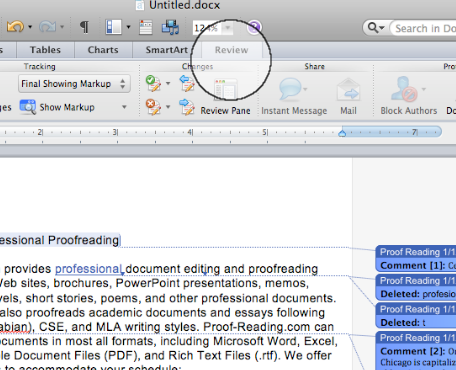

Not all machines need to be set up as content cache hosts, and you may prefer to have a system in your IT department set up to act purely as a content cache for any macOS or iOS enterprise apps you're using.
/cdn.vox-cdn.com/uploads/chorus_image/image/63942243/wwdc2019DSC_4114.0.jpg)
Apple's content caching tools can reduce bandwidth demands when updating a large fleet of Macs, similar to using the peer-to-peer updating tools used by Windows. The Mac App Store version of Office will be updated automatically, on a monthly cadence much like that used by the Windows releases.
#WORD FOR MAC PRO PRO#
SEE: Cloud Computing Policy (Tech Pro Research) With work subscriptions, either through Office 365 or Microsoft 365, you can start to use Azure Active Directory to manage access to apps and data and if you're using OneDrive to store Office files, you can use the same tools to manage user access to corporate cloud storage. Once downloaded, users need to log into an Office 365 account before they can use the apps, either using a personal or a work subscription. Microsoft requires apps to be repackaged via its own tooling ( available on GitHub) before it can be delivered through Intune. In many cases you don't want this level of control over user devices, especially if you're managing a bring-your-own-device policy. However, while you can use Intune to deploy tools like Office to Macs, you're limited to using Microsoft's own deployment tooling via the Intune company portal. As part of improved support for managing Macs as part of a corporate fleet through Intune, you can use standard Apple features to enroll devices in Intune, working with Mac-specific MDM-based management tools to apply policies and deploy apps. With support for OneDrive's files-on-demand now available on macOS, with integration into the Finder, it's easier to make a Mac a part of a Microsoft 365-based infrastructure.

#WORD FOR MAC PRO HOW TO#
18 event: What to expect and how to watch


 0 kommentar(er)
0 kommentar(er)
